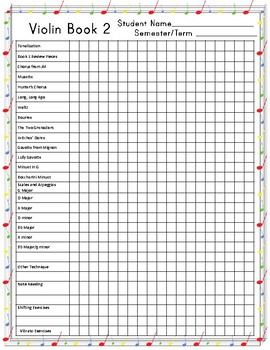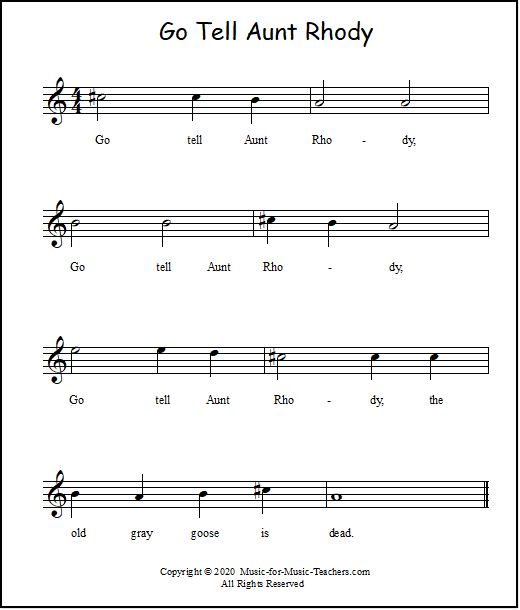

By the end of the series, students will have learned advanced techniques such as double stops and at least one concerto.
#Suzuki violin note chart series
The series begins with folk songs but progresses to quite an advanced level.

This allows the parent to reinforce what was taught in the private lessons, such as warm-up exercises, left hand finger placement, and bowing techniques.

He quickly found success with this approach and developed what is now known as the "Suzuki method." The Suzuki Violin School has a few unique characteristics: With this in mind, Suzuki focused his teaching on aural learning rather than written. Shinichi Suzuki first developed this after recognizing that young children tend to learn languages most quickly by ear, not by reading. Suzuki Violin is founded upon the concept of aural learning, or learning by ear. The Suzuki Violin School was founded by Japanese violinist and pedagogue, Shinichi Suzuki, in the 1950s. The Suzuki School of Music is probably one of the most well-known methods out there and is responsible for having completely transformed violin playing and teaching.


 0 kommentar(er)
0 kommentar(er)
